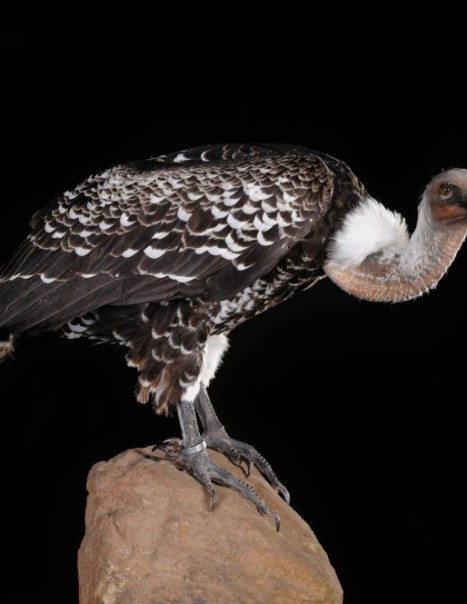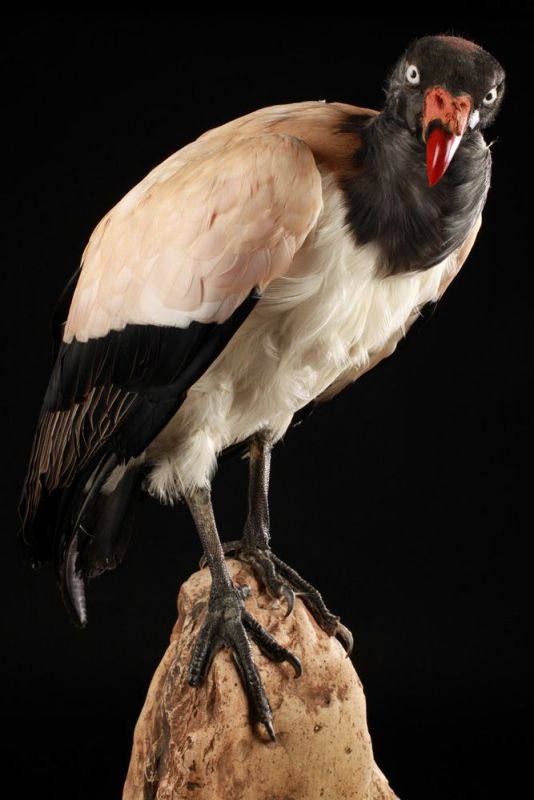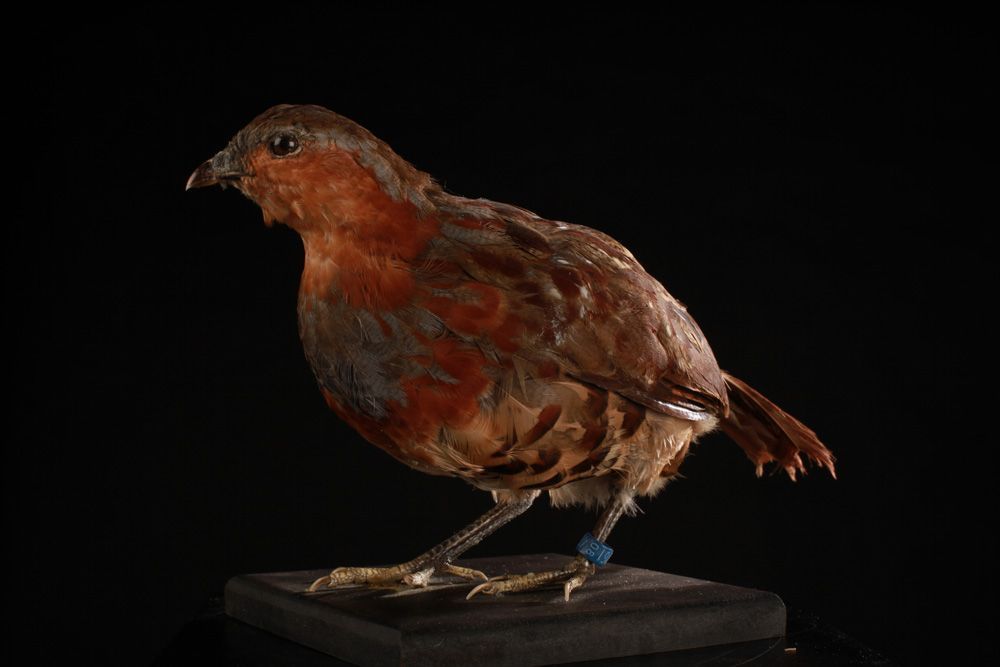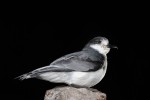Rüppell’s vulture – Gyps ruppellii
Rüppell’s vulture – Gyps ruppellii
This species includes two subspecies:
- G.R. ruppellii
- G.R. erlangeri
Its plumage is black, with numerous pale spots on the lower parts. The design of the wings is very characteristic, with a very trench bar at the rear of the arm, and two rows of white spots across the feathers. The tail is dark and rounded.The head and neck are covered with small white feathers. The skin may become purple if the bird is excited. Ruffled white collar dresses the base of the neck. The beak is dull yellow and gray. It is sharp and is used to tear the skin and flesh of carcasses. The sturdy legs and feet are gray slate. The eyes are yellow to amber.
Rüppell’s Vulture is usually silent, except at the approach of a carcass. It lives on the edge of the hills, mountains, mid discovered and arid savannas and grasslands. From Senegal to Nigeria, Sudan, Ethiopia, Uganda, Kenya and Tanzania.
It prefers to sleep, feed and nest in colonies, up to 1000 pairs .It is usually dominant at carcasses, except in front of the vulture Lappet, greater than it. It is a scavenger and it depends entirely on large carcasses that locates with keen eyesight. Once a carcass is found, they go down, always circles, lower and lower, and end up rushing on food with hoarse cries and bickering. Their powerful beak is ideal for tearing flesh and after the meal, they stay in the sun to digest.
It beats all records in altitude hovering at 11.000 meters for hours, 6 to 7 hours a day, when looking for a carcass. Standing start, it can fly for 5 km in 6 minutes. It can travel up to 150 km a day for food. They can devour an antelope in 20 minutes.
They sleep at night on inaccessible cliffs, settling about an hour before sunset. A few hours before dawn, they rush together in the air. Courtship sees couples glide in circles together, near the cliffs. They are posed together for a long time. Rüppell’s Vulture nests in the cliffs, the nest is large, made of twigs and lined with grass and leaves. It is placed on a ledge. The female often steals branches in other nests and it is the male who arranges them on the spot, the nest can be used year after year or never.
The female lays a single egg and incubation lasts 55 days. Together, they feed and raise the chick covered with gray down. Adults lose weight during the breeding season as they live on their reserves. Once the young has full plumage, after 12 weeks, they take the time to get their weight back.





